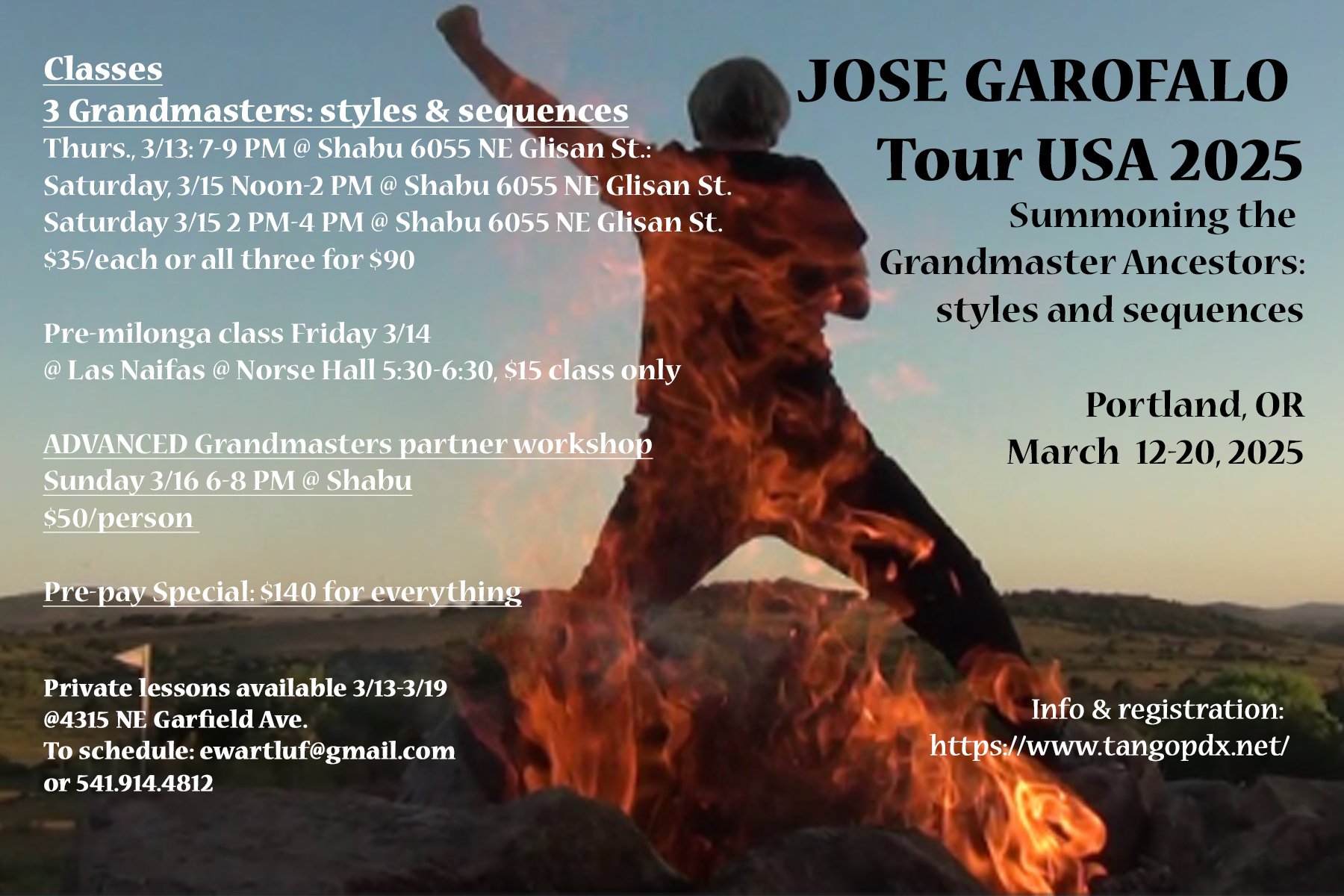Learning a new skill
I am learning Japanese. I am improving by tiny increments. Because I have a strange schedule as a dance and yoga teacher, I cannot take any of the classes offered locally by different colleges. Because I am a kinesthetic learner, I learn best by writing to remember characters, words, and phrases. I am an “in-one-ear-out-the-other” learner if I try to learn by hearing and repeating.
I can read and write the two syllabaries (hiragana and katakana) slowly now. If I practice every day, I can choose the correct characters 100% of the time on a quiz. If I don’t practice every day, I forget several. If I don’t practice for a week, I forget a lot.
Every day, I try to write all of my hiragana and katakana characters. I pay attention to stroke order. I practice the differences between the ones that look almost identical. I never thought I would spend time on YouTube, patiently following along, writing characters! I am still intimidated by kanji (who needs three writing systems? Aaaah!!!!).
Little by little, I am learning to say polite greetings, to count, tell the time, say what day of the month or month of the year it is, relate how old people are, and count money. In other words, I am worse than a three- or four- year-old at Japanese. However, I am having fun, and I have the goal of talking to a three- or four-year-old in Japan—our Japanese exchange student now has a child, and we want to visit. As we are going to visit someone who does not know English, I have a very strong wish to master basic Japanese.
Learning tango
If you are learning tango, you can apply these same ideas to your learning. Give yourself a “carrot” or goal: next year in Buenos Aires!
Learn your best way
First, find out what kind of learner you are. If you learn movement by doing movement, you have the easiest job. If you learn by watching, make sure you are watching SOCIAL tango and not just stage dancers on YouTube! If you learn analytically, figuring out what angle you need to place your feet or twist your body helps you to tackle tango; have a PT or chiropractor evaluate your alignment and help you devise exercises for your weaknesses. If you are an audio learner (my absolute weakness personally), dancing listening to instructions—or getting to know the music first—may be your best bet.
Practice every day
However you learn, you need to apply those skills at least several times a week to your dance. You do not have to block out huge amounts of time to do this. Even practicing for the duration of one tango tune daily will help you improve.
Practice alone
Yes, I know that is not fun, but you need to work on your own body technique (balance, contrabody, alignment) more than you think. People always tell me they cannot practice without a partner, but most of my practice is solo. That is how I improved the most. During COVID lockdown, our Zoom classes replace in person. I was skeptical at first, but I saw advances in technique that paid off after lockdown.
Practice with people
The best reason to attend a group class is to make yourself practice! Private lessons work much better for learning deep technique. Group class is for practicing with various people (and to have a good time/social time). Practicas are also helpful, although dancers report to me that so many people are “helping” them by giving feedback, that they feel too dispirited to try to go to milongas. If you attend practicas, choose how much feedback you can handle and from whom, to make that time valuable for your dance.
DANCE!
All work and no play makes Jack a dull boy. Go to milongas, even as a complete beginner. You will be able to see how people dance in your community, you will start to meet more advanced dancers, and you will become part of the community. Go before you get intimidated: just jump in! My favorite learning tool for language (and for tango) is to jump into the culture and get along as best as I can.
The big carrot: Anti-Alzheimers approach to life
Learning new skills takes patience and can be very frustrating, so to continue, we need to keep worthy goals in mind. Remind yourself that when you learn, you make new connections in your brain. As we age, we lose connections, so it is doubly important to continue to learn throughout life. Tango is especially good against Alzheimers and other forms of dementia if you focus on recombining patterns, playing with variations, and varying your practicing. The improvisatory nature of Argentine tango creates more connections than learning rote dances.
I hope we are all out there still dancing at 95!




